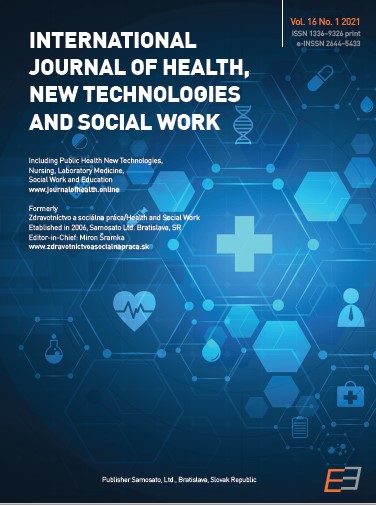The role of environment during the COVID-19 pandemic
The role of environment during the COVID-19 pandemic
Author(s): Jana Diabelková, Pavol Jarčuška, Vladimír Krčméry, Peter JurišSubject(s): Environmental Geography, Health and medicine and law, Environmental interactions
Published by: SAMOSATO, s. r. o., Bratislava, Slovensko - MAUREA, s. r. o., Plzeň, Česká republika
Keywords: Wastewater; Food; Environmental risk; Coronavirus;
Summary/Abstract: Introduction: Droplets transmit SARS-CoV-2; however, it is important to address the individual environmental components as potential transmission risks. Findings: It has been shown that the virus can be on various surface materials (metals, plastics, wood, etc.) as well as on the hands of people surviving several hours. However, to date, there is no scientific evidence of food coronavirus transmission. Using DNA / RNA detection technology, genetic material from the virus has also been detected in wastewater samples taken from wastewater treatment plants since March 2020 in the Netherlands. The fact that the RNA of the new Corona virus (COVID-19) was detected in the wastewater doesn't mean that it is an active, live virus. Conclusion: Food does not pose an epidemiological risk in terms of SARS-CoV-2 coronavirus transmission. Since the virus can survive on surface materials for several hours, everyone should follow the recommendations of public health authorities and customers in shops when washing their hands by not touching foods other than those they intend to buy in order to prevent by contamination with pathogens that may be on their hands. Detection of RNA virus in wastewater can help the epidemiologist to study the spread of the epidemic, to detect the onset of the next wave of infection, and to evaluate the presence of the virus in the community, especially to express asymptomatic individuals.
Journal: International Journal of Health, New Technologies and Social Work
- Issue Year: 16/2021
- Issue No: 1
- Page Range: 15-23
- Page Count: 9
- Language: English

